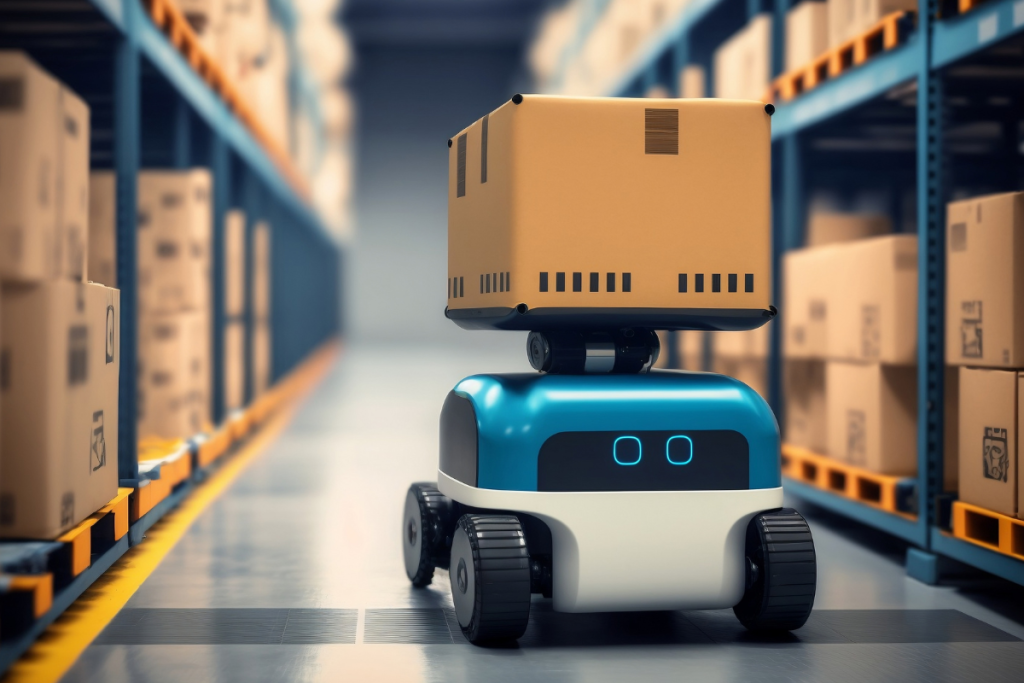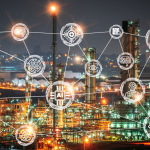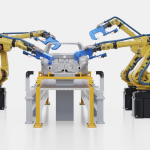Amazon has passed a major automation milestone with the deployment of its one millionth robot and the launch of DeepFleet, a generative AI model designed to orchestrate its global warehouse fleet. As labor costs rise and delivery windows shrink, the tech giant is betting on intelligent automation to sharpen speed, safety, and scalability across its logistics network.
AI-Powered Orchestration Enters the Warehouse Floor
Amazon’s one-millionth robot rolled out at a fulfillment center in Japan, marking a symbolic moment in the company’s automation journey that began in 2012 with its acquisition of Kiva Systems. Today, Amazon operates the largest autonomous mobile robot (AMR) fleet in the world, including machines like Hercules, capable of lifting 1,250 pounds, and Proteus, its first fully autonomous floor robot that can operate safely in shared spaces with humans.
But the milestone isn’t just about scale, it’s about smarter coordination. Amazon has unveiled DeepFleet, a generative AI model that acts as an orchestration layer for its robotic systems. Built using internal logistics data and trained with AWS tools such as Amazon SageMaker, DeepFleet promises a 10% improvement in travel time efficiency across Amazon’s robotic fleet. That translates into reduced congestion, faster order processing, and lower fulfillment costs.
The model essentially functions like a real-time traffic controller, managing thousands of robots across more than 300 facilities globally. The AI dynamically adjusts robot routes based on live warehouse conditions, aiming to reduce idle time and optimize task sequencing, a significant leap from static route programming used in earlier automation efforts.
Robotics Expansion Meets Workforce Reshaping
Robots now assist in roughly 75% of Amazon deliveries worldwide. The growing automation footprint is also reshaping Amazon’s labor profile. The company employs 1.56 million people globally, with over 740,000 in fulfillment roles. Yet CEO Andy Jassy recently signaled that future headcount may decline as AI agents and robotics systems take on a broader share of physical and cognitive tasks.
Still, Amazon is positioning automation as an enabler, not a replacement. Since 2019, the company says it has upskilled over 700,000 employees for technical roles through programs like Career Choice and hands-on training in robotic operations. In fact, Amazon’s latest high-automation fulfillment center in Louisiana reportedly requires 30% more employees in roles tied to reliability engineering and system maintenance.
Robots are also being designed with employee safety in mind. Amazon’s new tactile-sensing robot, introduced in May, can detect item size and shape by touch, reducing mis-picks and minimizing injury risk from repetitive tasks. And with field testing underway for humanoid delivery bots in San Francisco, the company is pushing automation beyond warehouses and into last-mile logistics.
A Milestone That Also Raises the Bar
While Amazon’s robot fleet and DeepFleet AI model mark a leap in fulfillment efficiency, they also set new expectations for how automation must evolve. The next phase of robotics in logistics won’t just be about speed or volume, it will hinge on adaptability, interoperability, and real-time decision-making. As AI-native coordination layers become central to warehouse operations, the competitive edge will go to firms that can continuously recalibrate their automation strategies while integrating human oversight in high-value ways.





